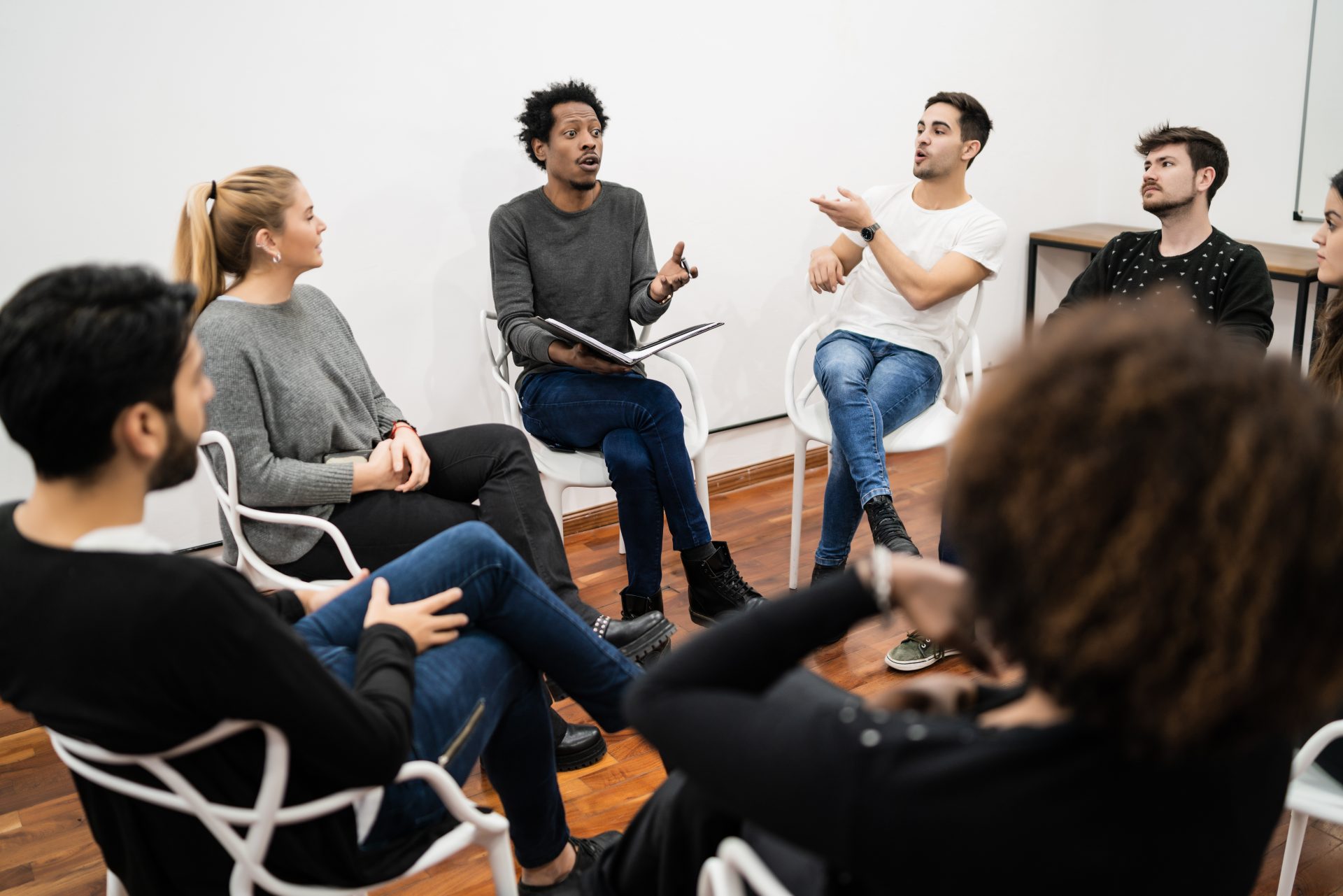The results of our neighborhood assessment may steer us in different directions now. We would like to refer back to the Prevention Pyramid (part 1, chapter 5). An integral restorative approach focuses on building and restoring relationships. We don’t just want to put out fires, we want to prevent them from breaking out in the first place. 80 percent of our actions should have a preventative nature versus 20 percent responsive.
However, if we have found that there are many conflicts and tensions, then we will have to come up with ways to deal with them from the start. People won’t show up for a neighborhood meeting if they fear that certain people with whom they have a conflict will be there too. In this case we will have to work from the top of the pyramid to the bottom. This means we will look for setting up restorative dialogues or circles (tool #10), a restorative conference (tool #11) and/or a problem-solving meeting (tool #8). These ask for specific preparation. The more people are personally affected by a situation, the more preparatory work needs to be done. Now before you jump to these responsive tools, we recommend becoming familiar with the rest of the toolkit first (e.g. tool #3 circles, tool #7 restorative questions and the stream of life). This will paint a better picture of the road ahead and inspire you with some useful tools for your pathway as well.
If you believe it is a feasible strategy to organize a neighborhood (start-up) meeting (tool #4), it is a good idea to drop a letter of invitation in every letterbox in your neighborhood. Again, look for people in your neighborhood who can help you deliver all these letters.
The letter should be short and sharp and written in simple language. It should introduce yourself or the group that is taking this initiative and explain the why of a neighborhood meeting. Make sure the tone is very warm and inviting. Also describe the atmosphere in which you want to hold the meeting: it is not a debate, a shouting game or an opportunity to vent all possible frustrations one might experience. It is a warm meeting place that aims to reflect on possibilities to make our neighborhood a warm and harmonious place for everyone. The conversation will be respectful to everyone at all times.






